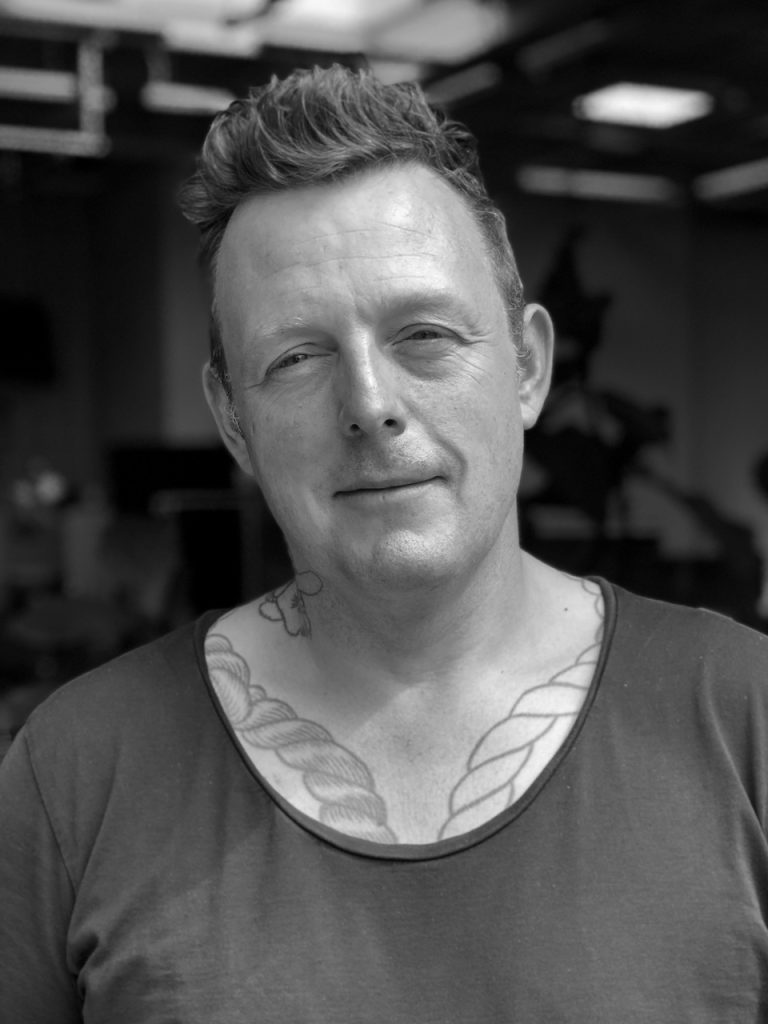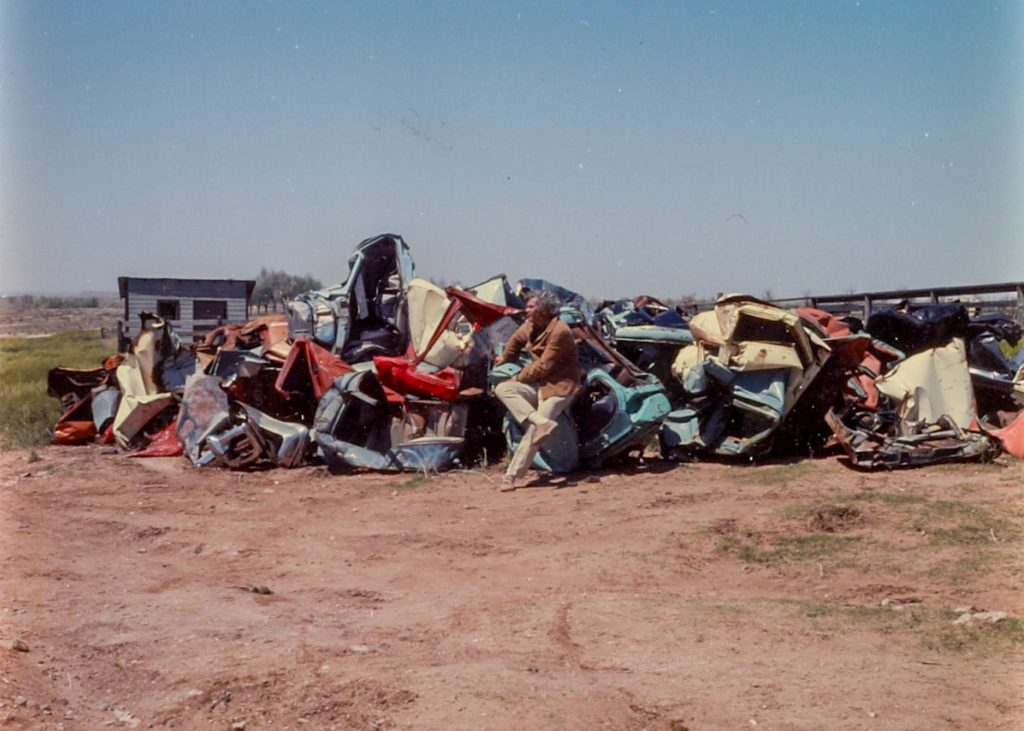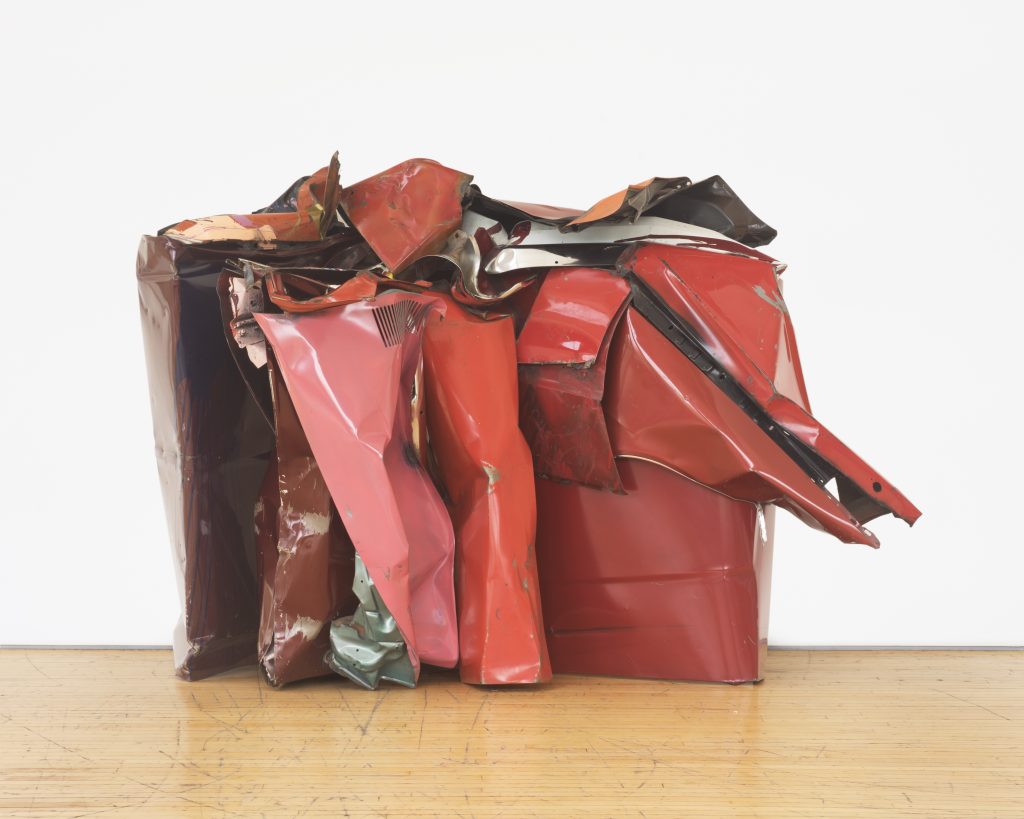Artist Urs Fischer discusses curating John Chamberlain exhibition at Aspen Art Museum

Courtesy photo
Aspen Art Museum (AAM) opened its Winter 2023 program on Friday, Dec. 15 with new exhibitions including an experimental film and immersive installation by Cauleen Smith; a new museum rooftop commission by German sculptor Lena Henke; new work by painter Issy Wood in “A Lover’s Discourse,” and a major survey of the late, renowned sculptor John Chamberlain, curated by artist Urs Fischer.
“John Chamberlain: THE TIGHTER THEY’RE WOUND, THE HARDER THEY UNRAVEL” is the first institutional survey devoted to artist John Chamberlain (1927-2011) in over a decade, since the 2011 Guggenheim retrospective “John Chamberlain: Choices,” which coincided with the American sculptor’s death.
Curated by artist Urs Fischer, in collaboration with Nicola Lees, Nancy, and Bob Magoon Director, Daniel Merritt, Director of Curatorial Affairs, and developed in collaboration with Dia Art Foundation, the exhibition spans Chamberlain’s career, extending over six decades and across three floors of the museum. Chamberlain is known for sculptures made from crushed vintage automobile parts, though other bodies of work, ranging in scale from monumental to miniature, are composed of foam, foil, resin, paper, air ducts, and dismantled appliances, among others.
Urs Fischer is an accomplished sculptor in his own right. The Swiss-born artist began his career studying photography but gained recognition for his large-scale sculptures.
“Seeing the work of an artist through the eyes of another artist is central to the mission of the museum,” said Nicola Lees, Nancy and Bob Magoon Director, Aspen Art Museum. “Urs has long demonstrated an interest in Chamberlain, and through conversations with Dia, we felt he would present an exhibition that casts Chamberlain in an entirely new light. Urs also has a fantastic track record of curating shows, one of my favorites being “Who’s Afraid of Jasper Johns?” which he co-curated with Gavin Brown at Tony Shafrazi Gallery in 2008.”

To accompany the exhibition, Fischer produced a book titled “John Chamberlain Against the World,” which is free and available to visitors of the AAM. The book is a collection of images that expands Chamberlain’s artistic lineage and legacy, bridging archival imagery of Chamberlain with that of Baroque sculpture, advertisements, peers, and artists who might be “descendants.”
The Aspen Times spoke with Fischer, via Zoom from his home in Los Angeles, ahead of the opening of “THE TIGHTER THEY’RE WOUND, THE HARDER THEY UNRAVEL,” to discuss what he learned about John Chamberlain, his approach to Chamberlain’s work and what it was like to step into the role of curator. The below excerpts were edited for brevity and clarity.
The Aspen Times: As an artist yourself, how did it feel to step into the role of curator?
Urs Fischer: I treat this with the utmost respect. And I do think that if I like or do not like the work, it makes no difference. I will try to make it look as good as it can because I hope anybody down the line will do the same with my stuff. It’s a no-brainer. I just tried to make it clear and find the selection and the movement in the work where everything starts to feel alive.
AT: What did you learn about Chamberlain the artist through the process?
UF: I don’t know if I learned much about him, but I learned about the artwork. My most interesting discovery was the evolution of the work. I like the early work because nobody did it in that form (at the time) There was a lot of assemblage happening from Dada to Cubism to surrealism and assemblage art in the 50s and so on. So, it’s not, totally coming out of nowhere, but it was kind of different and exciting. I’m a huge fan of the later stuff, the last works he made, these big works which we emphasize in the museum. We had access to some great pieces and these last big sculptures, they’re very gentle. As you see in the early works, there is a physical power, like crushing (the object). But then you see the later works and they almost start to embrace themselves. One of my first questions in the show, when I started was ‘What is he crushing? Is it himself or is it something on the outside, what is this?’
AT: How many pieces did you decide on for the exhibition?
UF: There are 29 larger to mid-size works and then there is a selection of small models and works. Then there is a room where I asked permission from the estate to use the photographs he took. We scanned all the folders that he selected to print so we didn’t select stuff that he didn’t choose. And we built a slideshow/video projection where they keep moving and replacing themselves, so you don’t have to look at a few frayed printouts that don’t have an impact.

AT: What’s the companion book you produced, “John Chamberlain Against the World”?
UF: Instead of bringing in other artworks we just decided to make a book that we can hand out for free, because as you know, most institutional books don’t make their money back anyway, and they sit in boxes in storage. So, this is to share and everybody who comes in can get their copy. In the book you have one side of Chamberlain’s work and the other side, something else I have chosen. In the show, we are trying to let his works be what they are. To add something new or a fresh way of looking at it or a different way in the book we added images that are different associations. Maybe it’s something that came before or was inspired by it or maybe had nothing to do with it but feels interesting. It’s about 140 pages of just wow. My idea is basically that people can flick through it while seeing the show or after (for a different perspective).
AT: What do you hope visitors of the exhibition take away from it?
UF: I think people take whatever they take, that’s just how it is. But the coolest compliment for me is if kids think it’s cool because they don’t have all that context. As far as grown-ups, most of us are not that flexible anymore, we know too much. So if a kid sees the show and thinks, ‘Well, that’s cool’ it could have some kind of (long-term) impact.
“John Chamberlain: THE TIGHTER THEY’RE WOUND, THE HARDER THEY UNRAVEL” is showing now through April 7, 2024, at Aspen Art Museum. For more information: spenartmuseum.org.









